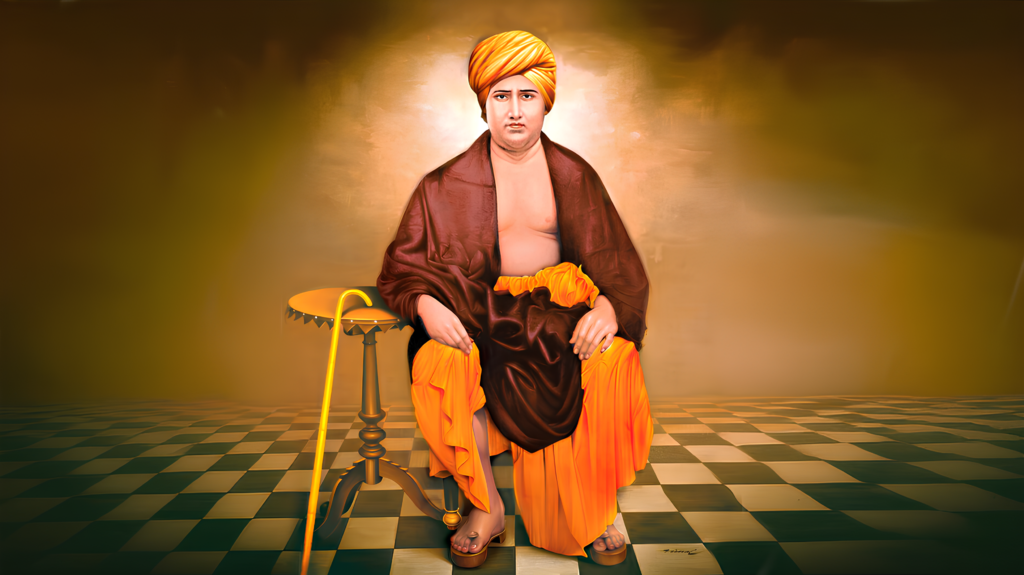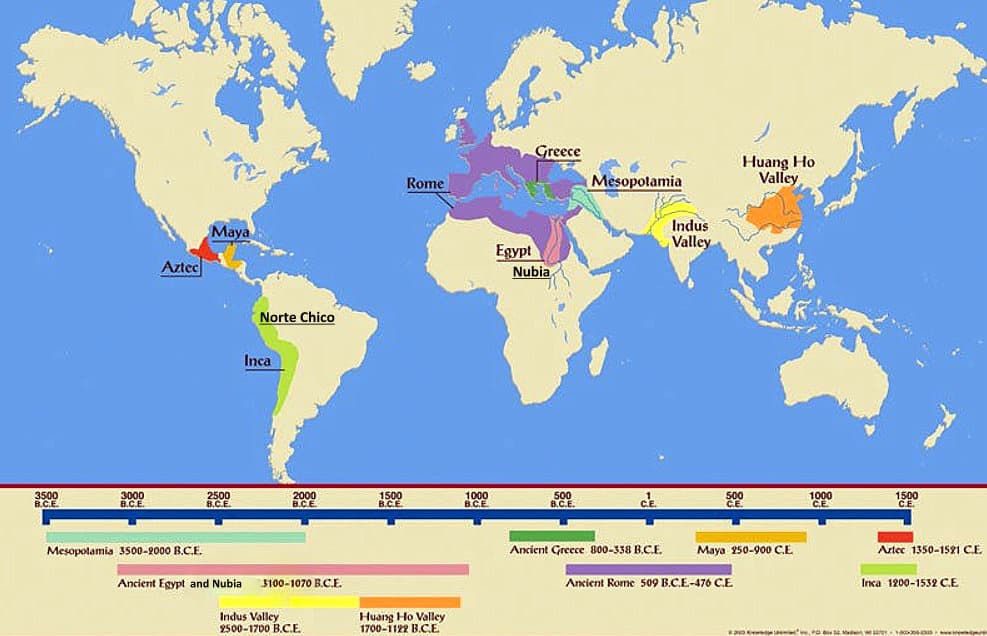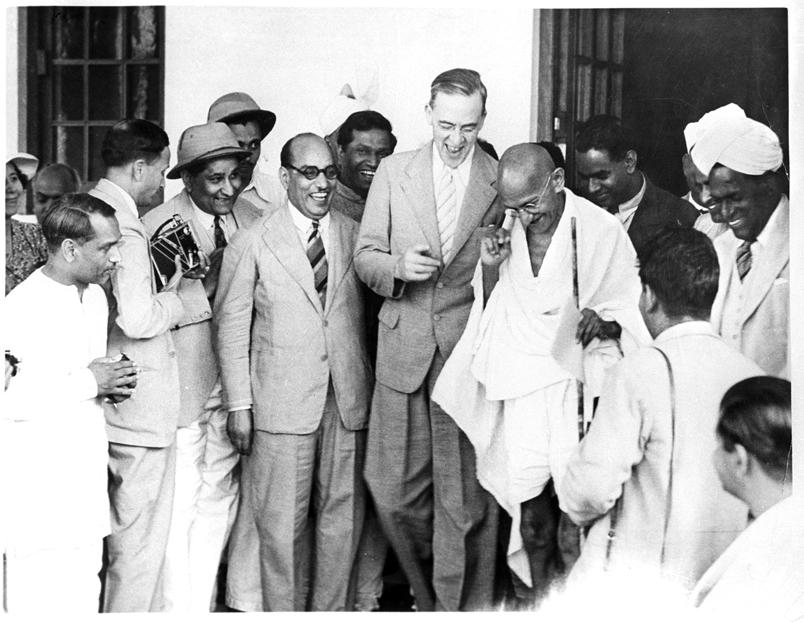He Told Hindus to ‘Go Back to the Vedas’ — And Sparked a Spiritual Revolution! In the 19th century, when India was grappling with British colonialism and internal social decay, a bold voice rose from the spiritual heart of Gujarat and echoed across the nation: “Go back to the Vedas.” This was not a call to regress, but a revolutionary urge to restore Hinduism to its original, rational, and spiritual purity.
The voice belonged to Swami Dayanand Saraswati, a fearless reformer, philosopher, and founder of the Arya Samaj. Like Martin Luther in 16th-century Europe, who challenged the Catholic Church’s corrupt practices and launched the Protestant Reformation, Dayanand waged a war against the rituals, idol worship, and social evils that had crept into Hindu society over centuries.
Early Life: From Mul Shankar to Dayanand
Born on 12 February 1824 in Tankara, a small town in present-day Gujarat, he was named Mul Shankar Tiwari. Raised in a devout Brahmin family, he was deeply influenced by Hindu rituals and the Shaivite tradition. However, a life-changing moment at the age of 14 shattered his unquestioning faith.
On Shivaratri, while keeping vigil at a temple, he saw a rat climbing over the idol of Shiva and nibbling the offerings. The sight shook him: “If this is God, how can a rat defile him?” From that day, Mul Shankar’s journey of questioning religious orthodoxy began.
He left home in his teens, became a wandering ascetic, and after years of spiritual search and scriptural learning, he adopted the name Dayanand Saraswati. His greatest influence was his guru, Swami Virjanand, a blind scholar of Vedic scriptures who taught him the primacy of the Vedas and instilled in him the mission to reform Hinduism from within.
The Haridwar Revolt of 1867 – Pakhand Khandini Pataka
One of the most symbolic moments in Dayanand’s reformist crusade occurred in 1867, during his visit to Haridwar — a city steeped in Hindu ritualism and pilgrimage.
What he saw disturbed him: thousands of people bathing in the Ganga, offering money to priests, performing meaningless rites, and blindly believing in salvation through ritual purity. He saw this not as devotion but as exploitation and superstition.
To protest this religious degradation, Dayanand Saraswati unfurled a flag named the “Pakhand Khandini Pataka” — the banner that destroys hypocrisy. Standing in the heart of one of Hinduism’s holiest cities, he openly declared war against:
-
Idol worship
-
Pilgrimage exploitation
-
Animal sacrifice
-
Caste-based oppression
-
Astrological fraud
This act of defiance was unprecedented. No Hindu monk had dared to challenge centuries of tradition so directly. The flag was not just a piece of cloth — it was a symbol of rebellion against a corrupted version of faith and a call to return to reason, morality, and the spiritual clarity of the Vedas.
“Back to the Vedas” – His Core Philosophy
Dayanand’s famous slogan “Vedoktam Dharm” (religion as enshrined in the Vedas) was not mere nostalgia for the past. He believed that the Vedas were eternal truths revealed by God — not myths or poetry, but a perfect guide to life, science, ethics, and worship.
He rejected:
-
Polytheism – Believing instead in one formless, omnipresent God (Om)
-
Idol worship – As a later invention, not found in the Vedas
-
Blind rituals and priestcraft – Which he saw as tools of exploitation
-
Caste by birth – Advocating instead for varna based on merit and deeds
He also strongly opposed child marriage, supported widow remarriage, and advocated for women’s education — making him one of the early social reformers to address gender inequality.
Arya Samaj: The Organization of Reform
In 1875, Dayanand Saraswati founded the Arya Samaj in Bombay, a socio-religious movement to restore the dignity of Vedic values and reform Hindu society. Its objectives included:
-
Promoting Vedic teachings and Sanskrit education
-
Opposing superstition and meaningless rituals
-
Encouraging women’s rights and education
-
Supporting inter-caste marriages and unity
-
Establishing schools, gurukuls, and orphanages
The Dayanand Anglo-Vedic (DAV) institutions, which grew from his movement, continue to be among the most respected educational institutions in India today.
Literary Contributions and Debates
Dayanand’s most famous written work is “Satyarth Prakash” (The Light of Truth), published in 1875. It is a scathing critique of not only the distortions in Hinduism but also other religions such as Christianity and Islam — making him a controversial yet fearless voice.
He engaged in numerous public debates with Christian missionaries, Muslim scholars, and Hindu traditionalists, often challenging them to defend their practices using reason and scripture. These debates drew massive audiences and inspired many Indians to question inherited dogmas.
The End of a Revolutionary Life
Swami Dayanand Saraswati’s radical stance earned him both admiration and enmity. In 1883, he was poisoned by his own servant under the influence of enemies who opposed his views. Despite medical efforts, he succumbed to the effects of poisoning and passed away on 30 October 1883 in Ajmer.
His death, however, did not silence his movement. His teachings continued to inspire a generation of Indian reformers and nationalists, including Lala Lajpat Rai, who carried forward the Arya Samaj legacy.
Why He’s Called the “Martin Luther of India”
Just as Martin Luther challenged the corruption of the Catholic Church and launched a reformist movement across Europe, Dayanand Saraswati confronted the decay within Hinduism and launched a spiritual renaissance. Both were fearless, rooted in scripture, and unwilling to compromise with blind faith or institutional arrogance.
Dayanand didn’t want to destroy Hinduism — he wanted to purify and modernize it, based on its own foundational texts. For this reason, historians and scholars often refer to him as the Martin Luther of India.
Conclusion: The Eternal Flame of Reform
Dayanand Saraswati was not just a monk or preacher — he was a revolutionary mind and moral compass for a nation in need of both self-respect and spiritual renewal. His call to “Go back to the Vedas” was a call to awaken, to question, to strip away centuries of dust and reclaim the brilliance of ancient wisdom.
In today’s world, where religion is often manipulated for power or politics, his fearless demand for truth, logic, and reform remains not only relevant but essential.
Buddha and His Disciples: The Path of Wisdom and Compassion | Maya



